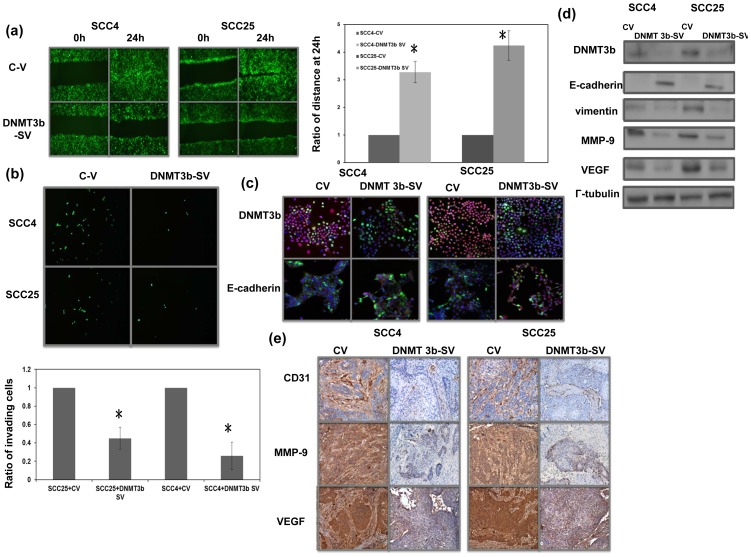Figure 3. Role of DNMT3b in the tumor aggressiveness and EMT changes.
A. The invasive capacity of oral cancer cells with or without the DNMT3b silencing vector was evaluated by migration scratch assays. The results from representative slides are shown. Column, mean of three separate experiments. Bars, SD. *, P<0.05. B. The invasive capacities of oral cancer cells with or without regulating DNMT3b were evaluated by invasion assay in SCC4 and SCC25 oral cancer cells. The results are shown by representative slides and quantitative data. *, P<0.05. C. The changes of E-cadherin in cells are evaluated and the results are shown by representative slides (upper row, immunofluorescent picture stained with Ab for DNMT3b and DAPI for nucleus; lower row, immunofluorescent picture stained with Ab for E-cadherin and DAPI for nucleus); (Blue: DAPI; Green: GFP-vector; Red: target protein). D. The changes in EMT associated proteins in cells with regulating DNMT3b were evaluated by Western blot analysis (C-V, cells with control vector; DNMT3b-SV, cells with DNMT3b silencing vector). E. IHC using MMP-9, CD31, and VEGF staining in formalin-fixed, paraffin-embedded tissues from xenograft tumors. DNMT3b silencing vectors were significantly reduced by the angiogenesis and EMT-related changes as compared with control vector.

